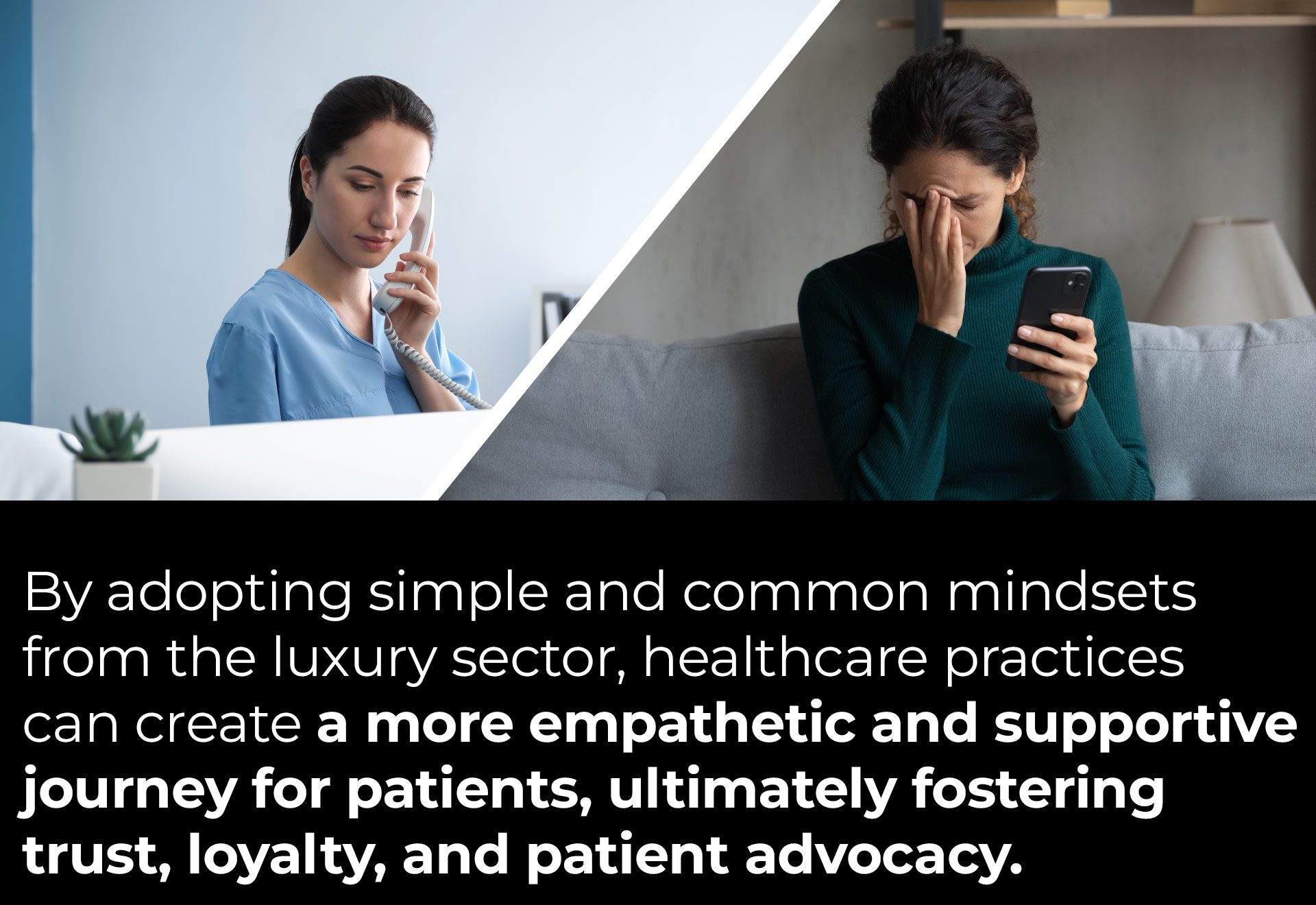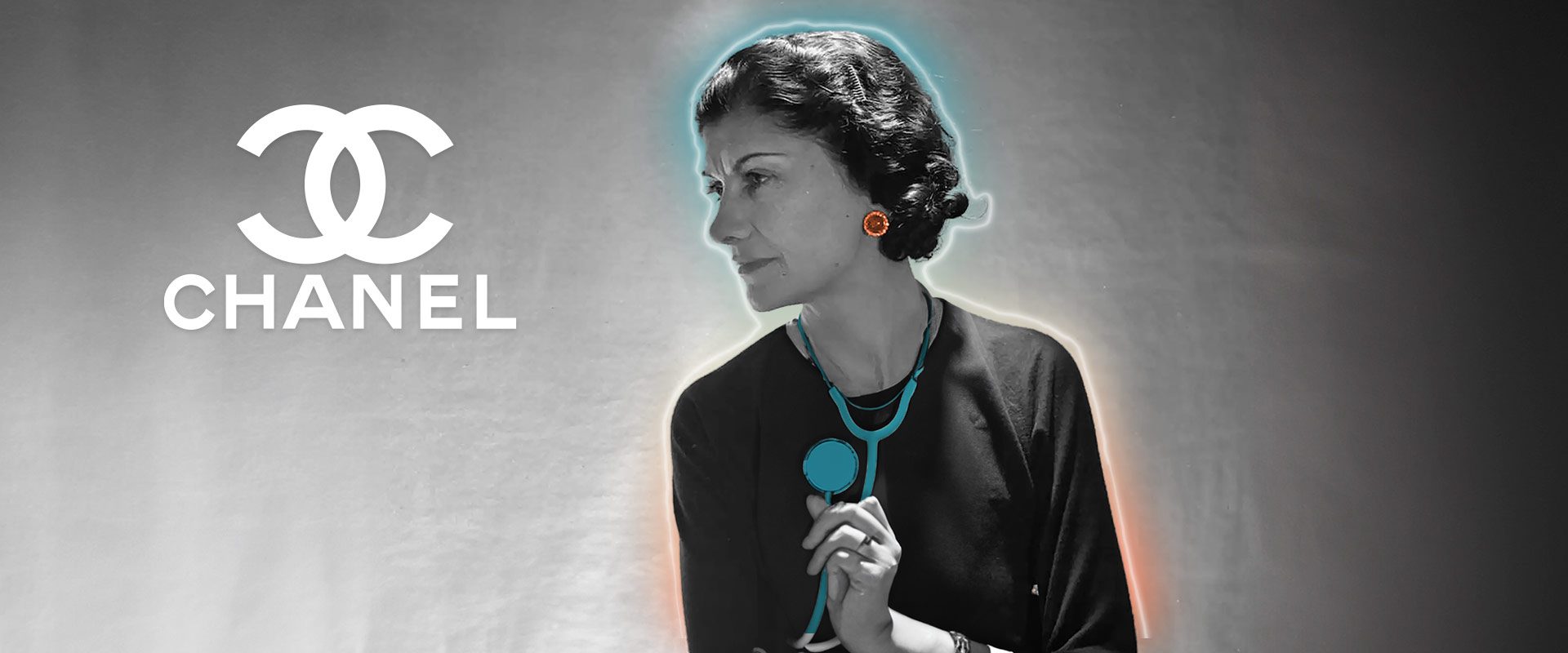Her name was Gabrielle and she had just turned 30. Summer was starting and she had just gotten a fat bonus check for a deal she had closed a couple months ago. Gabrielle was a fashionista and had always wanted to own a Chanel Mini Flap Handbag. Ladies, I don’t need to tell you how bug of a deal this is… but for the men reading this, the Chanel Classic Flap Bag is, without question, one of the most iconic and important artifacts of fashion -you’re not only wearing a beautiful accessory that’s incredibly exclusive and valuable, you’re wearing piece of art, a part of fashion history! (Tip for men: they make a great anniversary, birthday or Christmas gift -trust me on this… you’ll make your woman incredibly happy).
But let’s go back to Gabrielle. From the moment she stepped into the Chanel boutique, it felt like she was immersing into a world of elegance and refinement. The air was filled with a subtle scent of luxury, and chic music plays in the background -the kind of music made by Thievery Corporation. The boutique’s architecture is grand, with high ceilings, crystal chandeliers, and plush carpeting that muffles her footsteps, making each step feel like she was walking on clouds. A personal shopper, impeccably dressed and with a warm smile, greeted Gabrielle by name and introduced himself. Hector was his name and he guided Gabrielle through the hand bag collection, explaining the history and craftsmanship behind each piece. Hector made Gabrielle feel like she was the star of her own movie, with each moment carefully curated to make her feel as special and unique as the iconic handbag you was about to purchase. Hector excused himself for a minute and surprised Gabrielle with a few pairs of shoes that went really well with the handbag -Great move Hector! As she was trying the shoes, he offered a glass of champagne -he didn’t know it yet, that as Gabrielle took a sip and the bubbles tickled her nose, she was continuing to celebrate her birthday, treating herself with this magical experience. The anticipation builded up as she finally chose the perfect bag. Hector carefully wrapped in tissue paper and placed in a sleek black box, tied with a white ribbon. During the check out process he asked for her details to create a profile, and when he learned about her birthday he brought another glass of champagne and offered her complimentary make up services by a professional make up artist. Hector waited alongside her, celebrating this experience and provided her with his direct contact information so that from that day on, Hector would be her man at Chanel. The entire experience was magical, and Gabrielle left the store with a sense of joy and accomplishment, feeling like she had just been part of something truly special. It wasn’t just a purchase; it was a moment she’d remember forever. (And let’s be honest, if it were any more luxurious, she’d need a red carpet and paparazzi waiting outside.)

A couple of weeks later, as Gabrielle was enjoying her new handbag, she went for a scheduled physical exam. To her surprise there was an abnormal result on her bloodwork and she was referred to seek a specialist. With the news from the bloodwork anxiety started to creep in. She picked up the phone to make an appointment with the specialist, only to be met with a series of automated messages. After navigating through the options, she finally reach a human voice, but was placed on hold and the line went dead after someone had finally picked up. Frustration mounted as she redialed and waited on hold, the monotonous music doing little to soothe Gabrielle’s nerves. When she finally got through, the receptionist sounded rushed and distracted. Gabrielle could hear the chaos in the background: phones ringing, muffled conversations, and the occasional exasperated sigh. She was transferred to another representative, but no one picked up. After what felt like an eternity, Gabrielle managed to schedule an appointment, but the earliest slot was weeks away. The level of uncertainty made her more anxious. Gabrielle was afraid.
On the day of the appointment, Gabrielle arrived early, hoping to get in and out quickly. The waiting room was crowded, the chairs were uncomfortable, and the air filled with the sterile smell of disinfectant. The receptionist barely made eye contact as she handed out a clipboard with endless forms to fill out. Gabrielle tried to ask a question, but the receptionist had already moved on to the next person in line. The nurse called her name, and she was led to an examination room where she waited again. Time seemed to crawl as she sat there, the cold, clinical environment doing nothing to ease her anxiety, which was at an all time high. Finally, the doctor arrives. He’s super professional and thorough. He treated Gabrielle with great empathy but the interaction is so brief that it does little to alleviate her overall sense of anxiety and frustration. Episodes and encounters like this repeat over a period of a couple of months until she’s finally diagnosed and treated. The entire journey ended up costing Gabrielle about the same as her iconic Chanel handbag -though the service experiences couldn’t be more contrasting. Despite receiving top-notch medical care, the majority of Gabrielle’s touchpoints were either inefficient, cold or with untrained or overwhelmed admin staff, leaving her with a deep sense of dissatisfaction. It’s unfortunate that, despite the quality of care, the overall experience felt lacking. While most doctors, nurses, and medical assistants treated Gabrielle with empathy, it was clear that the administrative staff needed better training to avoid the impersonal and often cold interactions that leave vulnerable patients so unsatisfied -despite receiving great medical care.

Contrasting these two experiences reveals key differences in touchpoints. The purchase of a luxury item like a Chanel handbag is characterized by personalized, warm service and attention to detail, creating a positive and rewarding journey. In contrast, spending the same amount of money on a medical journey (diagnosis and treatment) involves a stressful and anxiety-inducing process, marked by impersonal interactions, friction and a lack of clear communication.
Despite the differences between a Chanel Boutique and your Healthcare Practice, there is much that healthcare practices can learn from the luxury sector. Journey design, attention to the little details, great communication, and personalized customer service are areas where small improvements can make a big difference in for your practice. While we fully recognize the challenges that practices face, from administrative burden to staff burnout and high personnel turnover, there are actionable and low-cost efforts that any practice can implement (or outsource) to humanize the patient journey, build trust and drive patient satisfaction, retention and even advocacy.
Here are a few simple, yet powerful efforts that can be adopted today in any practice and without breaking the bank:
1. Say hello.
You’d be surprised how many practices just state the name of their practice when you call and then go right into business, without saying hello! Go one step further and be warm, remember what the patient is experiencing and ask… how are you feeling? Be a human being to the other human being on the phone or across the counter.
2. Communicate in plain English.
The patient is vulnerable, anxious, perhaps scared. The healthcare jargon only makes this worse. Ditch the abbreviations or scientific terms -remember that most patients didn’t go to medical school. Aim to communicate so that a 6 year old can understand you the first time. This is hard but your efforts to communicate clearly will pay off in building trust.
3. Pay attention to key details that can derail the journey.
Do I have your phone number right? Is this your correct pharmacy? Do you prefer text messages or phone calls? The accuracy of your EMR is your best friend -Chanel could only wish they had so many details on their customers as you do. So guard your EMR data so that you can leverage to build a smooth journey for the patient -one where the patient is focused on addressing healthcare goals and not on chasing rabbits because their information was provided or entered wrong, or never updated in the EMR -think of the proverbial issue with medications sent to the wrong pharmacy (a major driver for negative reviews).
4. Follow up after a procedure, urgent appointment or new medication.
Asking how you’re doing, recovering or tolerating your new medicine is a big deal towards building trust and showing you care. This is commonly done by Veterinarian practices -so if it’s done by a Vet, shouldn’t it be a standard in healthcare for humans? This could be as simple as a text message and will go a long way not only to create patient satisfaction but also to learn about possible adverse effects that may require intervention.
5. Say Happy Birthday!
So simple, yet so powerful! Reaching out to say Happy Birthday is such a nice touch and let’s the patient know she or he isn’t just a number on a chart or an insurance holder. For bonus points, send a handwritten card -remember, we’re human and we all crave a human touch, and these touchpoints will humanize your practice, giving you an advantage over your competitors.
In summary, contrasting the experience of spending several thousand dollars in a luxury item or a medical journey highlights significant differences in customer experience. By adopting simple and common mindsets from the luxury sector, healthcare practices can create a more empathetic and supportive journey for patients, ultimately fostering trust, loyalty, and patient advocacy. As Coco Chanel used to say “In order to be irreplaceable, one must always be different” -so let’s differentiate from the rest by Being Warm, Communicating Clearly, Following Up and Doing an Unexpected Deed (like saying happy birthday).
At Commeta, we focus on helping healthcare practices grow by reaching more patients with compelling marketing strategies, while increasing patient satisfaction and retention with customer experience design. If you’re ready to take the next step towards growing your healthcare practice, please contact us at info@commeta.us to book a strategy call.





